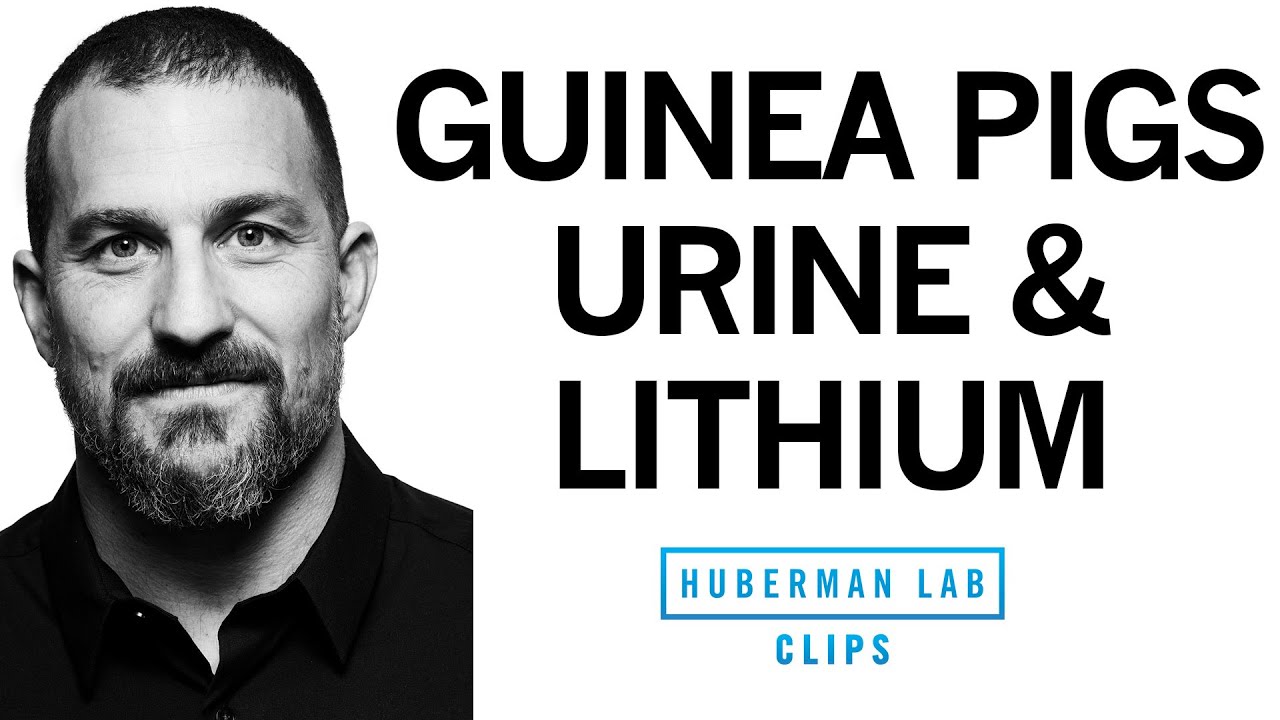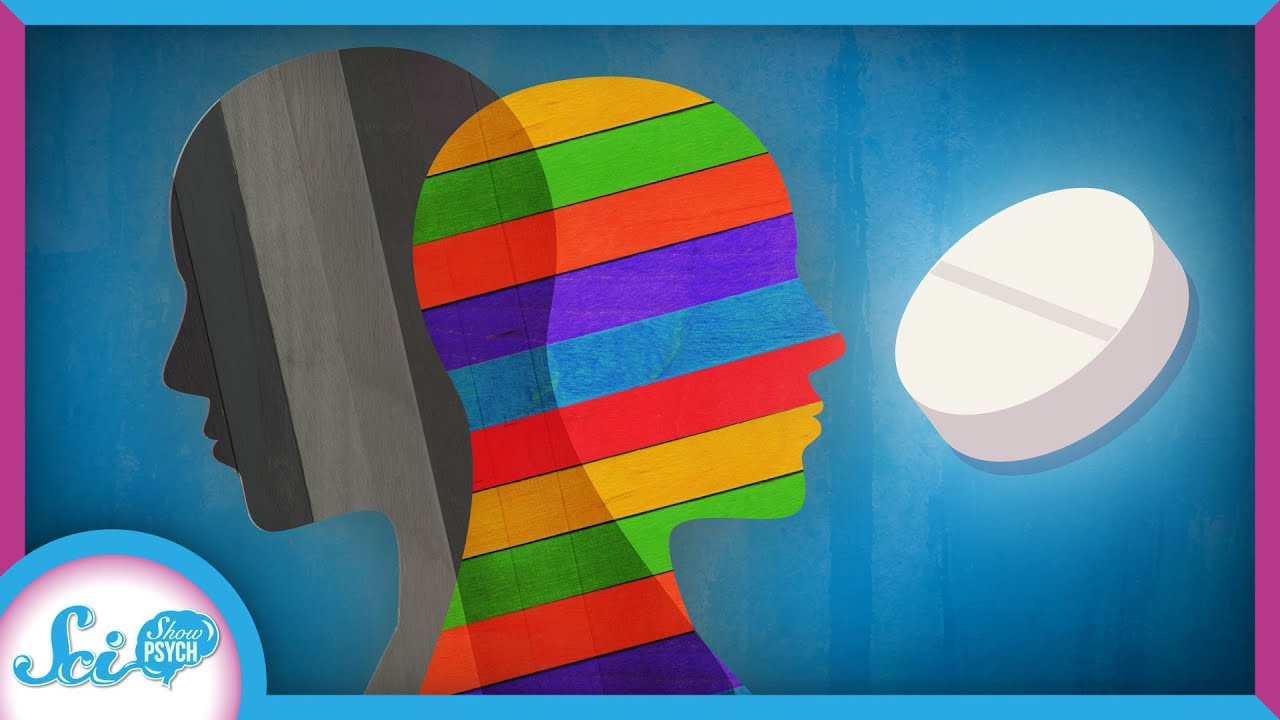Understanding Lithium Depression Treatment
The tale of lithium begins not in a lab, but in the mines, where this silvery-white alkali metal was first unearthed. It was the 19th century when lithium’s voyage into the medical universe took flight. Fast forward to the mid-20th century, after an era of skepticism and once-discouraging FDA rulings, lithium re-emerged as a beacon of hope for those engulfed in the tumultuous waves of bipolar disorder. Its apotheosis came when the FDA lifted its ban in the 1970s, validating lithium as a potent mood stabilizer.
Let’s buckle up and travel back to those early days. Picture the scene: a hushed consultation room where the air crackles with cautious optimism. Psychiatrists pore over patient notes, their brows furrowed in contemplation. They’ve caught whispers of a treatment, lithium, with the potential to lift the oppressive veil of depression and ease the frenetic energy of mania.
Researchers engaged in dogged pursuit, their efforts illuminating lithium’s charm. Their findings? This modest element, with the unassuming symbol ‘Li’, held the power to anchor the mood swings that buffet sufferers of bipolar disorder, casting a lifeline to those adrift in a sea of emotional instability.

Decoding the Mechanism: How Lithium Assuages Depression
To wrap our heads around how lithium eases the ache of depression, let’s peek under the brain’s hood. Imagine a bustling city where messages zing through neural pathways like cars on a freeway. Lithium works like a sage traffic cop, guiding the flow of neurotransmitters such as serotonin and dopamine.
It’s akin to a meticulous gardener, fostering connections between nerve cells, pruning excess, and encouraging robust growth. The end result? A brain landscape where mood swings soften, and the gripe of depression loosens its grip.
Recent neuroscience gives us a thumbs up, asserting lithium’s gold-star status in psychiatric care. Peering deeper into the science, lithium depression therapy reveals its might, not just in quieting the cacophony of mania but also in buffering against depression’s ruthless pull.

| Category | Information |
|---|---|
| Basic Description | Lithium is a chemical element (symbol ‘Li’) used pharmacologically to treat certain mental illnesses including bipolar disorder and depression. |
| Indications for Use | – Treatment of unipolar depression (monotherapy for acute episodes and maintenance to prevent recurrence). |
| – Treatment of bipolar disorder (to stabilize mood and prevent manic and depressive episodes). | |
| – Off-label for schizophrenia and other mental health conditions. | |
| Historical Use and Regulation | – Initially used to treat a variety of conditions including depression, gout, and neutropenia. |
| – FDA banned lithium in the 1940s due to fatalities but lifted the ban in 1970. | |
| Dosage Forms | – Oral tablets or capsules, sustained-release and extended-release |
| – Liquid form available for varied dosing requirements. | |
| Efficacy as Treatment | – Found to be an effective alternative to SSRIs, with reports of better outcomes since SSRIs may work in only half of the patients as standalone drugs. |
| Side Effects and Risks | – At low doses, minimal to no side effects reported. |
| – Long-term use can affect kidneys or thyroid gland (e.g., underactive thyroid signs: tiredness, weight gain, feeling depressed). | |
| – Signs of kidney problems: swollen hands/ankles, fatigue, shortness of breath, changes in urination, nausea. | |
| Price Range | – Varies based on dosage, quantity, and location. Generic versions are typically less expensive. |
| Precautions | – Regular monitoring of kidney and thyroid function is recommended. |
| – Blood levels of lithium need to be regularly checked to avoid toxicity. | |
| Contraindications | – Dehydration, severe cardiac or renal disease, concurrent use with non-steroidal anti-inflammatory drugs (NSAIDs), or diuretics may increase risk. |
| – Pregnancy (especially first trimester) and breastfeeding due to potential harm to the fetus or baby. | |
| Benefits | – Can stabilize mood swings and reduce suicide risk in bipolar patients. |
| – Prevents the recurrence of depressive episodes in unipolar depression. | |
| Considerations for Selection | – Patient’s overall health, kidney and thyroid function, other medications being taken, and patient’s response to treatment. |
The Role of Lexington Center for Recovery in Addressing Lithium Depression
At the heart of providing compassionate care stands the Lexington Center for Recovery. Their spotlight shines bright in the landscape of mental health with their forward-thinking approach to lithium depression therapy.
Take, for instance, stories that tug at your heartstrings – Sarah, who once swayed to the dirge of depression, now conducts her days with newfound rhythm thanks to lithium. Or Michael, who’s reclaimed his zest for life, depression’s clouds parting to reveal his full potential. These aren’t just feel-good anecdotes; they are testaments to Lexington’s unwavering belief in lithium’s transformative power.
Their programs weave through the fabric of each patient’s life, tailoring lithium treatments with a tender hand. It’s a place where the latest in medical care dances gracefully with the enduring warmth of human connection, offering not just a band-aid but a salve for deep-seated wounds.

Lithium for Depression: Treating the Highs and the Lows
Now, hold onto your hats because this ride takes us through some eye-opening terrain. Lithium isn’t playing a one-hit-wonder on the stage of bipolar disorder; it’s treating the highs and the lows with equal aplomb.
Data crunchers and white-coated experts have done the math, and it all adds up: lithium cradles not only those sky-high manic flights but also softens the crushing depths of depression. It’s like the Henry Cavill workout of psychiatric treatments – reliable, robust, and ready to tackle both bulging muscles and cardio with gusto. On top of that, lithium has shown promise in treating schizophrenia and certain types of unipolar depression, opening doors to tailored care for people dealing with these conditions.
Sure, lithium isn’t a free pass; it comes with a side dish of potential effects. But when managed smartly, it stands as a stalwart guard against the relentless tide of depressive episodes.

Overcoming Myths and Misconceptions about Lithium Depression Treatment
Alright, it’s time to play myth busters. Lithium’s reputation has been sullied by old wives’ tales and fears that just don’t hold up under the microscope.
Some folks reckon lithium will turn you into a zombie, robbing you of emotions. That’s as likely as finding Jncos back in the height of fashion – which, by the way, is less ludicrous than you might think. But here’s the kicker: lithium isn’t about stifling feelings; it’s about balancing the scales, so you feel like yourself, just steadier.
Others fret over a lifetime chain to a pill bottle. Let’s cut through the chatter: yes, lithium therapy is often long-term, but it’s about sustaining well-being, much like the lifelong practice of hitting the gym to stay fit – a commitment to health rather than a sentence of dependency.

Navigating the Potential Side Effects and Ensuring Safe Use of Lithium
There’s no beating around the bush here; with lithium, you’ve got to play it safe. It’s not just about popping a pill and hoping for the best. It’s about walking hand in hand with a healthcare squad, keen eyes on lookout for signs of trouble.
Potential side effects run the gamut from the bothersome to the heavy-hitters. Think weight gain, thirstier than a marathon runner, or tremors that could rattle your coffee cup. It’s serious business, but don’t let it scare you off. A well-choreographed ballet involving blood tests and doctor’s chats can keep those side effects in check, much like those vigilant Cypress Creek Rehab programs keep folks on the straight and narrow.
Personalized Medicine: Tailoring Lithium Treatments to the Individual
Imagine a world where treatments fit like a glove – snug, just right. That’s the vision for lithium therapy’s next act, where blood samples and cheek swabs open the doors to bespoke care.
We’re talking about a day when genetic markers could wink at us from test results, suggesting who might Cheshire Cat grin at lithium therapy, like Scott Rogowsky hitting a trivia jackpot. It’s a world where, for Skyler, lithium might do the trick, while for Jess, it’s best teamed with something extra.
The scope is as vast as the sky – a frontier where lithium is fine-tuned, dialed in, and spot-on for each unique soul who’s hoping for a break from depression’s drag.
The Bright Future of Lithium Therapy in Alleviating Depression
There you have it – a dip into the waters of lithium depression therapy. From its rocky start to its crowning as a master mood stabilizer, lithium’s journey is a testament to the progress of psychiatric medicine.
Let’s raise our glasses to the trailblazers like the Lexington Center for Recovery who steer the helm of lithium therapy, to the whiz kids in lab coats pushing the boundaries of personalized medicine, and to those of us who find solace in its promise.
In the push and pull of life, lithium stands out as a reliable ally, a beacon guiding us toward calmer shores. And with each advancing step, we see a brighter horizon where the grasp of depression is not a life sentence, but a chapter in a richer, more vibrant narrative.
Unraveling the Mood-Stabilizing Mysteries of Lithium Depression
Did you know that lithium has been a heavyweight champion in the fight against mood disorders for more than half a century now? Much like Lou Ferrigno jr.s role in bringing stories to life on screen, lithium has carved out its grand tale in medical history. It was first approved for the treatment of mania back in the 1970s, when bell-bottoms were all the rage, and has since steadfastly held its position as a go-to mood stabilizer.
Hold onto your hats because lithium isn’t just your average medication; it’s a naturally occurring element—yeah, like on the periodic table! Talk about a star performance fit for the cover of “Chiseled Magazine”. But beyond its glittering fame, lithium’s effectiveness in reducing the severity and frequency of depression is what really makes it a blockbuster. The mechanism of action might seem as complex as a plot twist in a Tom Bateman movie. Still, in simple terms, it helps to balance the neurotransmitters in your brain, keeping the blues at bay and earning it a top spot in psychopharmacology.
Now, I bet you’re wondering how this all ties back to lithium depression. Picture this: the lithium ion, no bigger than a bread crumb on your kitchen counter, plays a part almost as vital as an actor’s presence on the stage. Its role in managing bipolar disorder, for instance, is akin to a director expertly guiding actors through a film’s emotional crescendo—except, in this case, lithium is directing the neurons in your brain. Plus, let’s sprinkle in a little trivia—did you know that some natural sources of lithium can be found in drinking water? Yep, some studies have hinted that regions with higher lithium levels in their water supply might see fewer instances of mood disorders. It’s like a natural remedy hiding in plain sight!
And before you scoot off, chew on this: while lithium might be a trailblazer when it comes to stabilizing moods, it’s got to be used wisely. Just as Tom Bateman’s depiction of characters is nuanced and full of layers, so too is the use of lithium—it requires regular blood tests to ensure the levels are just right and not leading to a less-than-stellar scene. So, lithium depression therapy is more of an art than you might have thought, and definitely not a one-man show.

Can lithium help with depression?
Lithium is an effective treatment for some types of depression, particularly bipolar depression. It’s used both as a means to manage acute depressive episodes and as ongoing therapy to prevent their recurrence.
What is the most serious side effect of lithium?
The most serious side effect of lithium is its potential to cause kidney or thyroid problems, which can be severe. Monitoring is important to catch any issues early.
Is lithium better than antidepressants?
For some people, lithium is more effective than typical antidepressants, such as SSRIs, because it can work better to relieve symptoms while causing fewer side effects, especially at lower doses.
Why was lithium banned?
Lithium was banned in the 1940s by the FDA due to its association with fatalities, but this ban was lifted in 1970 once its benefits and management of side effects were better understood.
Why is lithium no longer prescribed?
Today, lithium isn’t as commonly prescribed mainly due to the risk of long-term side effects involving the kidneys and thyroid and the need for regular blood monitoring, making other medications more convenient options for both doctors and patients.
Why do depressed people take lithium?
Depressed people often take lithium because it can stabilize mood and help prevent the recurrence of depression, especially in bipolar disorder.
Why do bipolar patients refuse lithium?
Bipolar patients may refuse lithium for several reasons, including fear of side effects like weight gain, feeling flat or less creative, or being wary of the regular blood tests required to monitor lithium levels.
What organ is lithium hard on?
Your kidneys work hard when processing lithium, which over time can lead to issues with kidney function.
What does it feel like to be on lithium?
Being on lithium varies from person to person, but many report feeling more emotionally stable, though some say it makes them feel numb or experience a dulling of both highs and lows.
Is lithium stronger than Zoloft?
Lithium isn’t necessarily stronger but has a different mechanism of action compared to Zoloft (an SSRI). It’s effective for a different spectrum of symptoms and may be more suitable for individuals who don’t respond to traditional antidepressants.
Is Abilify or lithium better?
Comparing Abilify, an antipsychotic, with lithium is challenging since they’re used for different aspects of mood disorders. The choice between them depends on your specific symptoms and treatment history.
Is lithium more for mania or depression?
Lithium is primarily known for its efficiency in treating mania but also serves as a maintenance treatment to help with both the manic and depressive phases of bipolar disorder.
How much weight does lithium make you gain?
Weight gain on lithium varies, but some users experience a moderate amount, typically ranging from 5 to 10 pounds, though it can be higher for some.
What is the main problem with lithium?
The main problem with lithium is its narrow therapeutic window and the potential for significant side effects, which include risks to kidney and thyroid function and require careful monitoring of blood levels.
Why does lithium have a bad reputation?
Lithium has a bad reputation among some because of its side effects, stringent monitoring requirements, and historical associations with more serious outcomes when not properly managed.
How long does it take for lithium to help depression?
Lithium may start relieving symptoms of depression within 1 to 3 weeks, but it can take several months to achieve full mood-stabilizing effects.
What is the best mood stabilizer for depression?
When it comes to mood stabilizers for depression, there isn’t a one-size-fits-all answer. It depends on the individual, their specific type of depression, and how their body responds to medication, but lithium is often considered a good option for those with bipolar depression.
What mental illness is lithium mostly used to treat?
Lithium is mostly used to treat bipolar disorder, where it helps to stabilize mood and prevent both manic and depressive episodes.
What mental disorder does lithium help?
Lithium helps with bipolar disorder primarily, but it’s also used for other mood disorders that may benefit from mood stabilization.




























